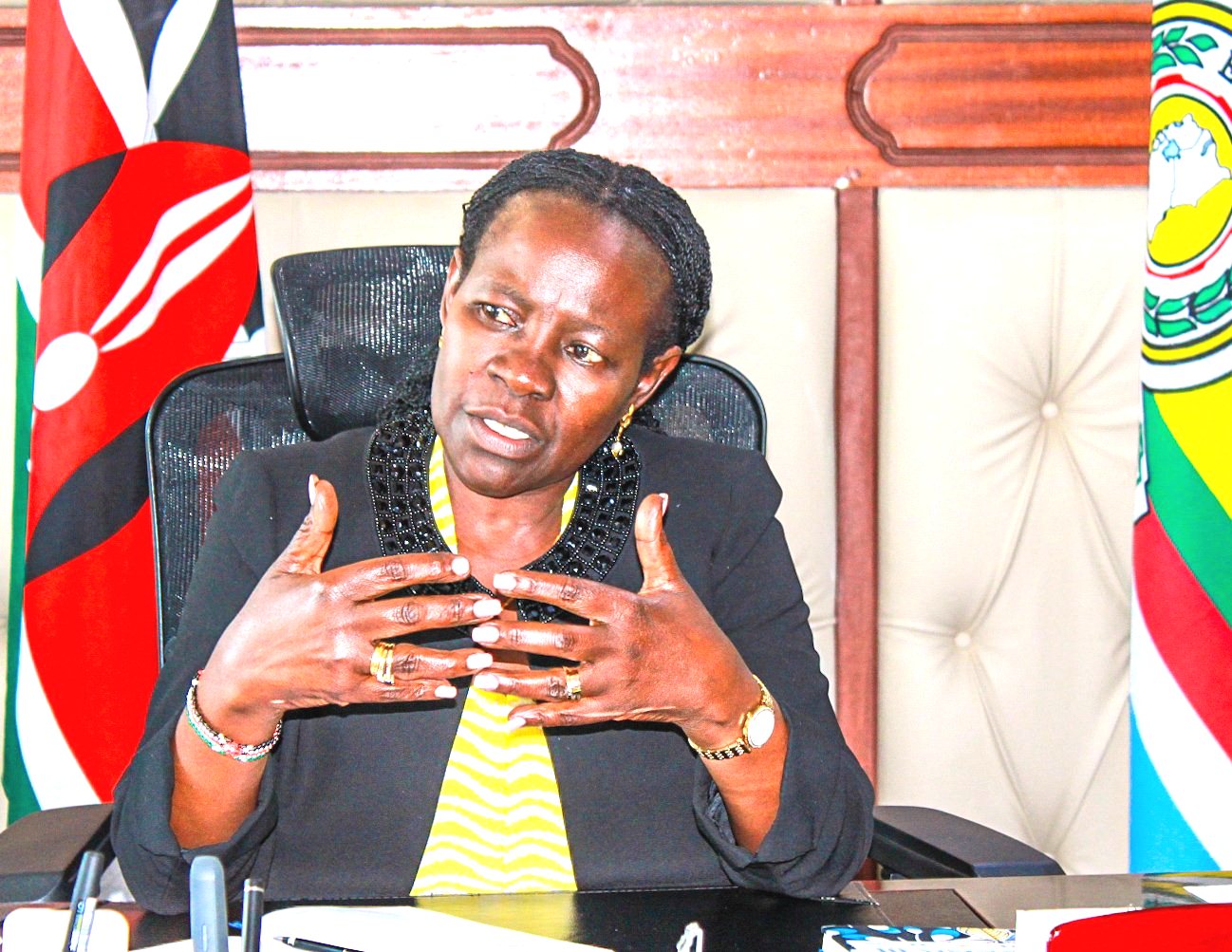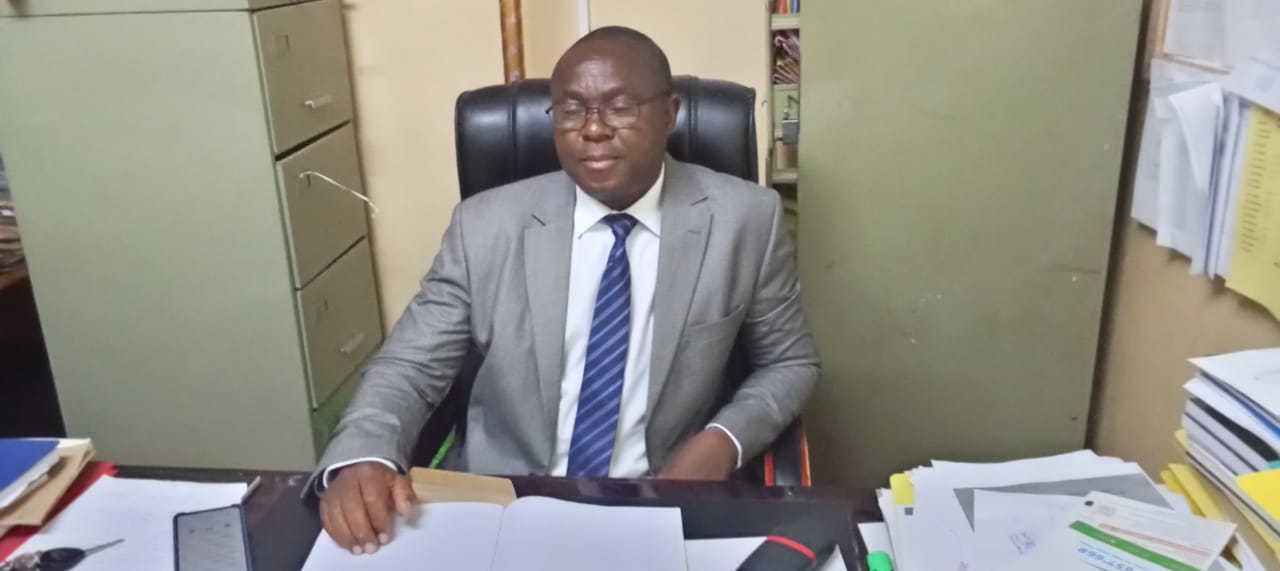On average 5,731 children are born per day in Kenya as 1,407 people likewise die every day. This gives a net population growth of 4,324 per day which translates to a population growth of 1,578,260 per year and is bound to rise in subsequent years since population rises geometrically.
This figure compares closely with the population of some of the highly populated counties of Kilifi (1,454,000), Kisumu (1,248,474), Bungoma (1,670,535) and Machakos (1,422,000) people. This means that the children born per year can constitute their own county were they to be congregated to a particular geographical area in the county and would require resources equivalent to those that are allocated to these counties as shareable revenue plus those that are raised locally by them.
Through birth of children ‘we are creating new large counties’ annually. In addition, they require food, water, clothes, shelter, medication and security that are provided by their families and the government at their infancy. At the age of five to twenty five they would require the resources for education among others.
Let us link this population growth with the teaching of Science, Technology, Engineering and Mathematics (STEM) as well as Technical and Vocational Education and Training (TVET). Before these children are born, their mothers attend clinics and get assistance of nurses and doctors who are products of studying science subjects. After birth there is demand for food implying that there is need for scientific innovations to enable farmers to produce more food for the same size of land that they own or use science to reclaim barren land.
They also need science to irrigate dry land in order to produce more food. As they join schools there is need for classrooms, desks and beds in boarding schools and tertiary institutions whether in hostels or rented houses. As they become adults they will require their own houses. The need for masons, carpenters, plumbers, electricians kick in. These artisans are products of TVET programmes. Up-to this point, therefore, these children and young adults will have interacted with doctors, nurses, teachers and technicians who have a background of science and technology.
They hardly interact with chiefs, security officers (except in insecurity prone regions) sociologist, historians, statisticians, lawyers, forester, psychologists and traders since they have no direct role in their lives while artisans/engineers, teachers and have needy clients from the rising population of between 1.5 to 2.0 million people yearly.
It is for these realities that Kenyans must appreciate the steps that the government has taken in the last twelve years to put up TVET institutions. A decision was made to have one TVET institute in every constituency meaning that 290 of them needed to be constructed. By now, well over 230 have been constructed or are being constructed.
READ ALSO:
Rift Valley clinches teachers’ colleges Athletics Championship title at Machakos TTC
The recent revelation by the Cabinet Secretary for Education that 16 more will be constructed with the assistance of donors is laudable. There have also been several initiatives towards the promotion of Technical Vocational Education. The Africa Development Banks Vice President Dr Beth Dunford revealed its focus “to strengthen infrastructure for TVET and catalysing private sector investments in skills development and job creation.
The World Vision in Collaboration with the County Government of Elgeiyo-Marakwet provided 179 students in Kerio Valley assorted tools of trade so that they can earn a living from their TVET training. Some of them were previously cattle rustlers.
The target for training technicians and scientists should not be limited to the Kenya market alone. Several countries especially in developed northern hemisphere are recruiting labour from the developed countries since their populations are stagnating or reducing. South Korea for example has reached a state in which only 0.84 children are born from every couple. If this trend continuous then the population will reduce by half in less than forty years.
Canada population grew by 1,271,872 in 2023 out of which 471,771 were immigrants and 804,901 were temporary residents going there to work according to Patrick Charbbonneau, the Chief of Statistics in their Centre for Demography. This means that the children born there were negligible in number compared to the number of immigrants who are largely skilled labourers. This is an opportunity that Kenya skilled workers from universities and TVET institutions should strive to fill.
The government should endeavour to commit massively resources to promote technical training in order to get Kenyans employment locally and abroad in order to diffuse the pressure of unemployment that its citizens are currently facing.
Mwalimu Andrew Kibet.
You can also follow our social media pages on Twitter: Education News KE and Facebook: Education News Newspaper for timely updates.
>>> Click here to stay up-to-date with trending regional stories






